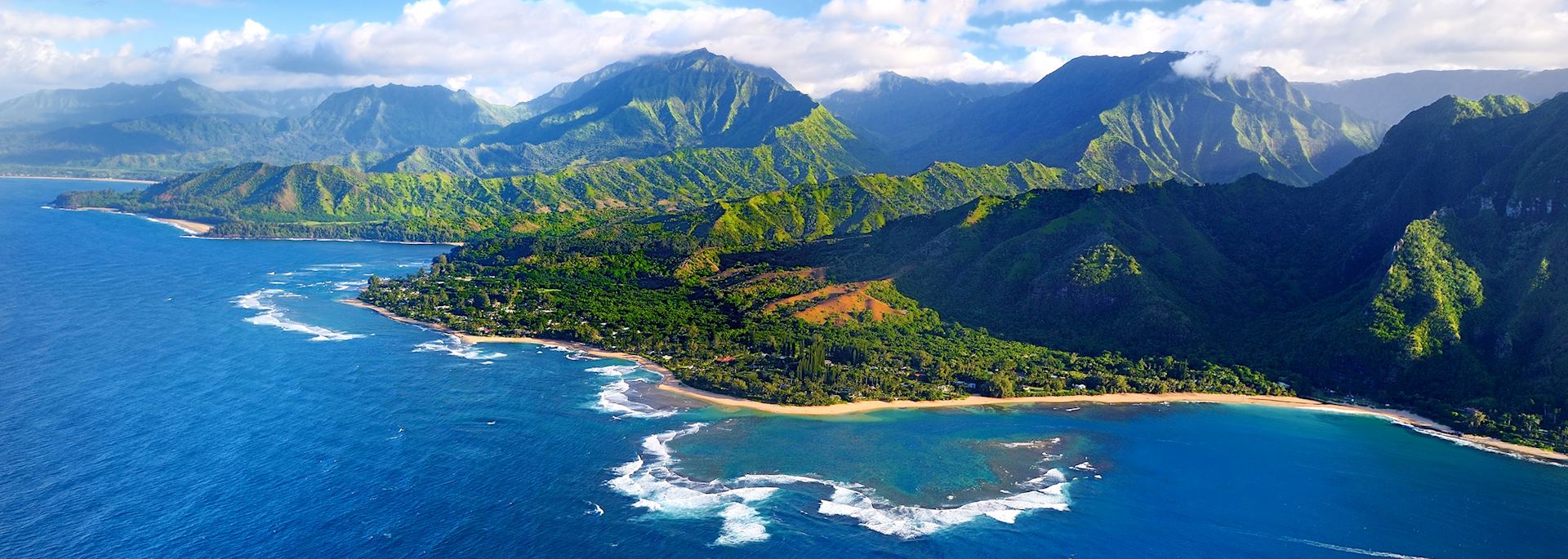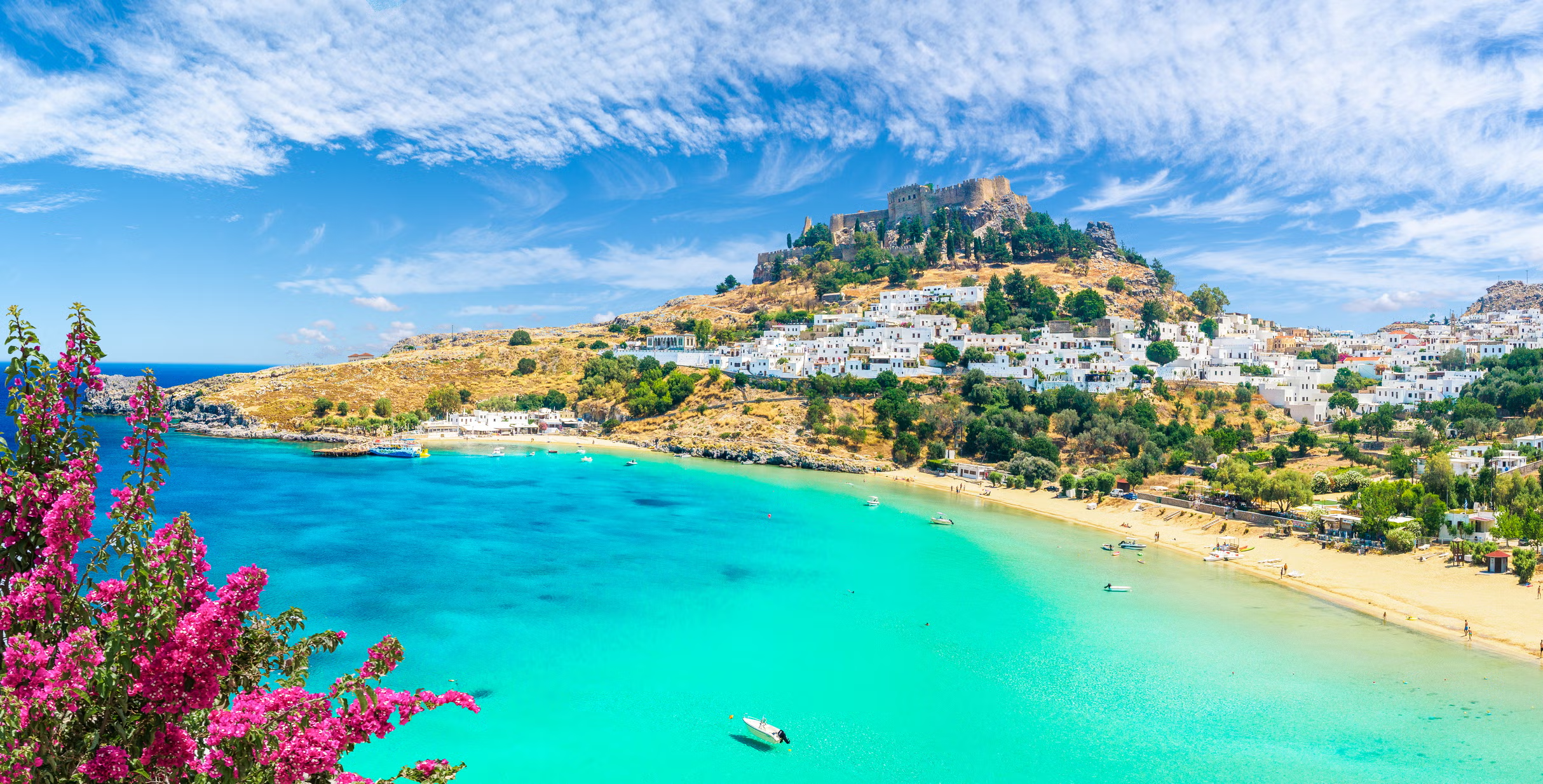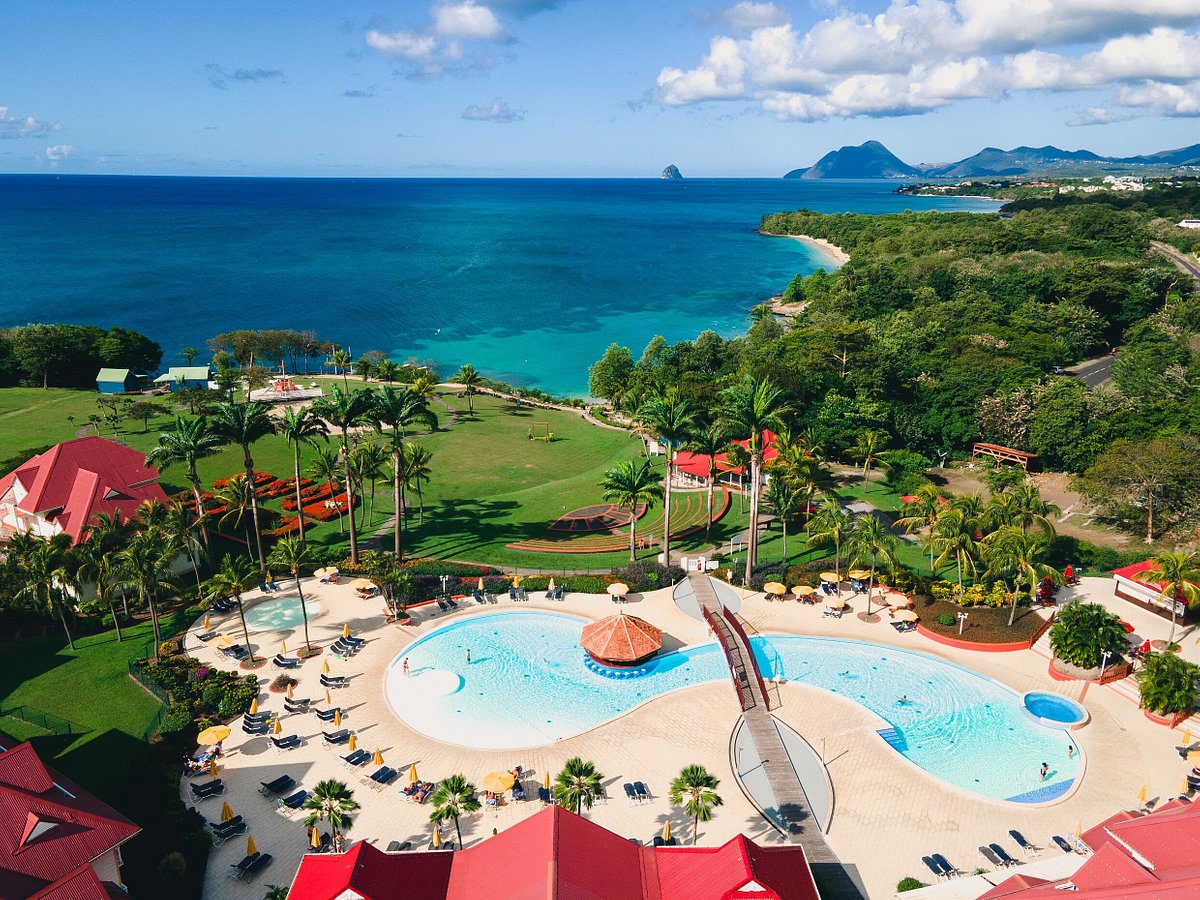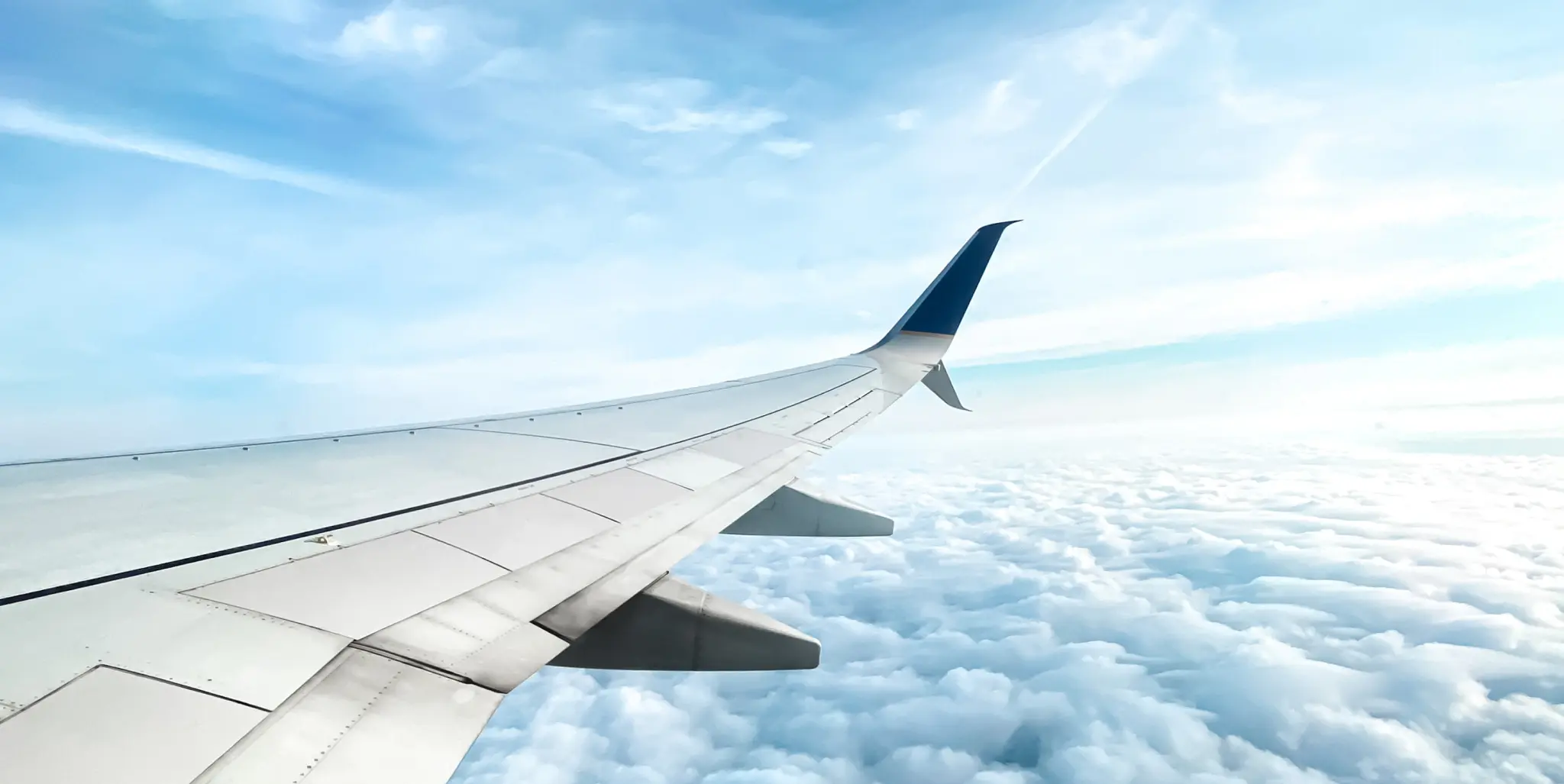Hawaii, with its breathtaking beaches, lush landscapes, and rich cultural heritage, is a dream destination for many. Whether you’re planning to relax on the beach, explore volcanic landscapes, or experience the local culture, timing your trip to Hawaii can make all the difference. In this comprehensive guide, we’ll explore when the best time to travel to Hawaii is, based on factors like weather, crowd levels, cost, and seasonal events.
Why Timing Matters for Your Hawaii Trip
Hawaii enjoys a pleasant tropical climate year-round, but there are certain months when the islands offer the most ideal conditions. Understanding these can help you avoid the crowds, score better deals, or make the most of specific activities such as whale watching or hiking. Choosing the right time to visit will help you get the most out of your vacation.
Best Time for Perfect Weather: Spring and Fall
For those looking for optimal weather conditions, spring (April to June) and fall (September to November) are the best times to visit Hawaii. During these months, the islands enjoy mild temperatures ranging from 70°F to 85°F, making it ideal for outdoor activities like sightseeing, beach days, and water sports.
Also Read: Best Things to Do Near Me with Kids: A Complete Family Guide?
Why Spring and Fall?
- Ideal weather: The weather is not too hot or humid, making it perfect for exploring without feeling uncomfortable.
- Less rain: These months typically experience fewer showers, ensuring more sunshine and clear skies for outdoor adventures.
- Lower humidity: The breeze from the trade winds makes it feel cooler, especially in coastal areas like Honolulu and Maui.
Pro Tip: Early mornings during spring and fall offer the calmest conditions for water sports, so it’s a great time to go snorkeling or surfing before the crowds arrive.
Best Time for Budget Travelers: Off-Peak Season (Mid-April to Mid-June & September to November)
If you’re looking for budget-friendly options, traveling during the off-peak seasons is your best bet. These periods—mid-April to mid-June and September to November—offer lower flight and accommodation prices as they fall outside the main tourist seasons.
Why Choose the Off-Peak Season?
- Lower prices: With fewer tourists, flights and hotels offer substantial discounts. It’s an ideal time to save money without sacrificing your vacation experience.
- Less crowded: If you’re someone who enjoys peaceful environments and avoids long queues at popular tourist spots, these months provide the perfect opportunity.
- Special deals: Many resorts offer discounts, and you can find great packages for hotels and activities that might otherwise be out of your budget.
Pro Tip: While visiting during the off-peak months can be cheaper, booking early can ensure you get the best deals and availability.
Best Time for Family Vacations: Summer (June to August)
For families, especially those with school-age children, the summer months are the most convenient. With kids on summer break, this is a great time to visit Hawaii for a family getaway. From beach activities to cultural events, summer offers a wide range of experiences that appeal to all ages.
Why Summer is Great for Families
- School holidays: If you’re traveling with children, summer is the most suitable time as they are off school.
- Family-friendly activities: Hawaii offers a variety of family-friendly experiences such as luaus, snorkeling, and hula dancing, which make for memorable moments for kids and adults alike.
- Festivals and events: The summer months bring festivals like the Aloha Festivals, giving your family a chance to experience Hawaiian culture.
Pro Tip: While summer is family-friendly, it’s also the peak travel season, meaning more tourists and higher costs. To avoid the stress, plan and book activities ahead of time, especially if you want to avoid long waits.
Best Time for Whale Watching: Winter (December to April)
If you’re visiting Hawaii for the sole purpose of whale watching, winter is the best time to go. Every year, thousands of humpback whales migrate from Alaska to the warm waters of Hawaii from December to April, offering a rare and unforgettable sight.
Why Winter is Ideal for Whale Watching
- Peak whale season: Humpback whales migrate to Hawaii to breed and give birth, making this the best time to witness these magnificent creatures in action.
- Clear viewing conditions: The winter months bring calmer waters, ideal for spotting whales and capturing stunning photos.
- Specialized tours: Many whale-watching tours run during this period, giving you an in-depth experience with expert guides.
Pro Tip: Booking your whale-watching tour early is essential as this is a popular activity, and spots fill up quickly, especially during the holidays.
Also Read: Golden Tours: Your Ultimate Sightseeing Companion in the UK?
Best Time for Experiencing Hawaiian Festivals: Year-Round Events
Hawaii’s cultural calendar is packed with vibrant festivals and events throughout the year, showcasing everything from hula dancing to local music and cuisine. If you’re looking to immerse yourself in the rich Hawaiian culture, planning your trip around these festivals is a great idea.
Notable Festivals in Hawaii
- Aloha Festivals (September): A state-wide celebration of Hawaiian culture, featuring parades, music, hula performances, and more.
- Merrie Monarch Festival (April): One of the most prestigious hula festivals in the world, offering a deep dive into Hawaiian culture.
- Ironman World Championship (October): For sports enthusiasts, the Ironman competition in Kona draws athletes and visitors from around the globe.
Pro Tip: If you’re visiting for a specific festival, try to book accommodations well in advance, as hotels and resorts can get fully booked during these high-demand times.
Conclusion: Finding Your Ideal Time to Visit Hawaii
The best time to visit Hawaii truly depends on what kind of experience you want. Whether it’s perfect weather, fewer crowds, exciting family activities, or witnessing the beauty of whales in the wild, there’s a time for every preference. Spring and fall offer great weather and less rainfall, while the summer is perfect for families and festivals. If whale watching is a priority, winter is the best season, and for cultural immersion, you’ll find plenty of events to attend year-round.
Final Tip:
Keep in mind that Hawaii’s weather can vary depending on the island you visit and its specific regions. Coastal areas tend to be warmer, while higher elevations can be cooler. Plan your activities according to the forecast, and don’t forget to pack for various conditions!
Now that you have a clearer picture of the best times to visit Hawaii, start planning your dream vacation today and make the most of your Hawaiian adventure!
Also Read: Hidden Romantic Getaways in Florida: A Perfect Escape?




